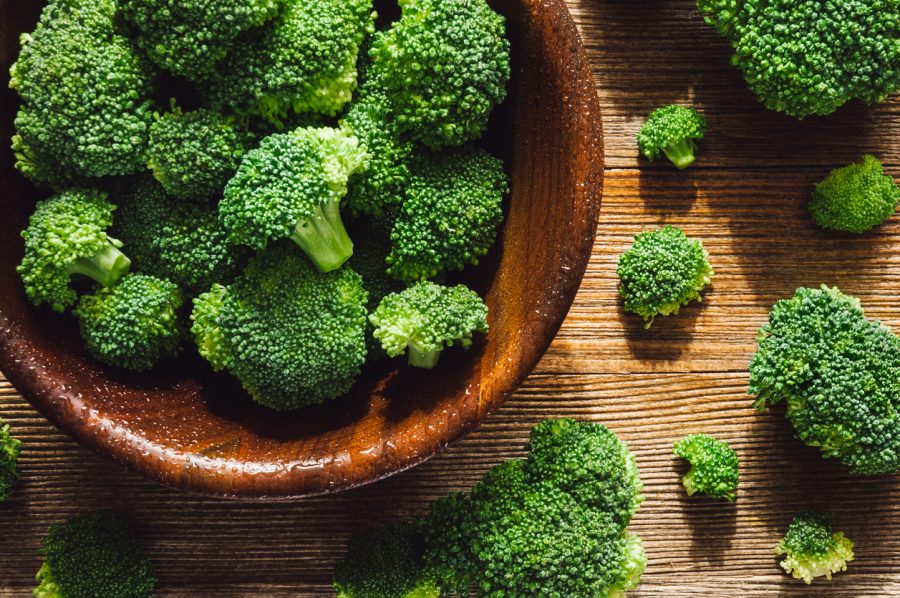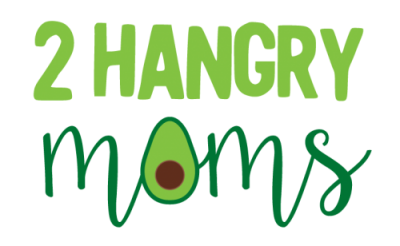
If you’re a mom, you know that the path to motherhood is paved with confusion. From the time you conceive-heck, from the time you start trying to conceive-you’re plagued with conflicting information about what you should and shouldn’t be doing. Doctors and lactation consultants give different information than your mom friends, and google searches yield thousands of articles, each with a different perspective or set of rules.
And breastfeeding is no exception. Even the experts can’t seem to agree on certain aspects of this natural undertaking. Part of that is because breastfeeding, like motherhood, isn’t always an exact science, and what is recommended or not recommended depends heavily on you, your baby, and your personal breastfeeding goals. But, according to lactation consultant Colette Acker, there are several misnomers floating around the breastfeeding universe that are NEVER true.
We asked Colette to let us pick her brain about the worst misconceptions she’s come across in all her years of helping moms become breastfeeding champions. Here’s what she shared:
1. You don’t have milk until day 3 or 4.
Just because a mother doesn’t seem full in the first few days, the first milk, colostrum is all that a baby needs. The body is designed to create a baby and the breasts are designed to feed him/her. It’s a well-designed process that many mothers don’t trust.
2. Breastfeeding hurts. You just have to get used to it.
It is common to have discomfort for the first minute of the feeding in the first one to two weeks. If mom is experiencing more pain than that, the latch is wrong! In most cases, a few changes in mom’s latch and positioning techniques will remedy the problem.
3. Watch what you eat! Eating gassy foods can give your baby gas.
Your milk is made from your blood. We get gas when we try to digest the fiber in food like broccoli and cabbage. The baby doesn’t get the fiber, so they won’t get gas from those foods. Babies can be gassy, but don’t blame the beans. Keep in mind: The healthiest foods for us are often the gassy ones!
4. If the baby is nursing longer than 15 minutes, he’s just using you as a pacifier.
Babies come to the breast for thirst, hunger, love and comfort. Sucking for comfort is good for them and actually helps your milk production!
5. Breastfeeding will make my breasts saggy!
The top three reasons for saggy breasts are pregnancy, age and smoking.
6. You have to drink milk to make milk.
While I don’t hear this one as often as I used to, it’s just plain silly. Do you see cows drinking milk? Nope, the dairy industry pumps the milk out and the cow continues to make it. They are mammals just like us! You take the milk out and we keep making it.
7. There is no nutritional value in the milk after age one.
In the U.S. especially, we are encouraged to stop breastfeeding at one year and then begin giving the baby cow’s milk. There is no other mammal that uses this practice. In fact, research shows us that humans should be nursing until ages three to five. The nutritional components of the milk don’t turn off!



